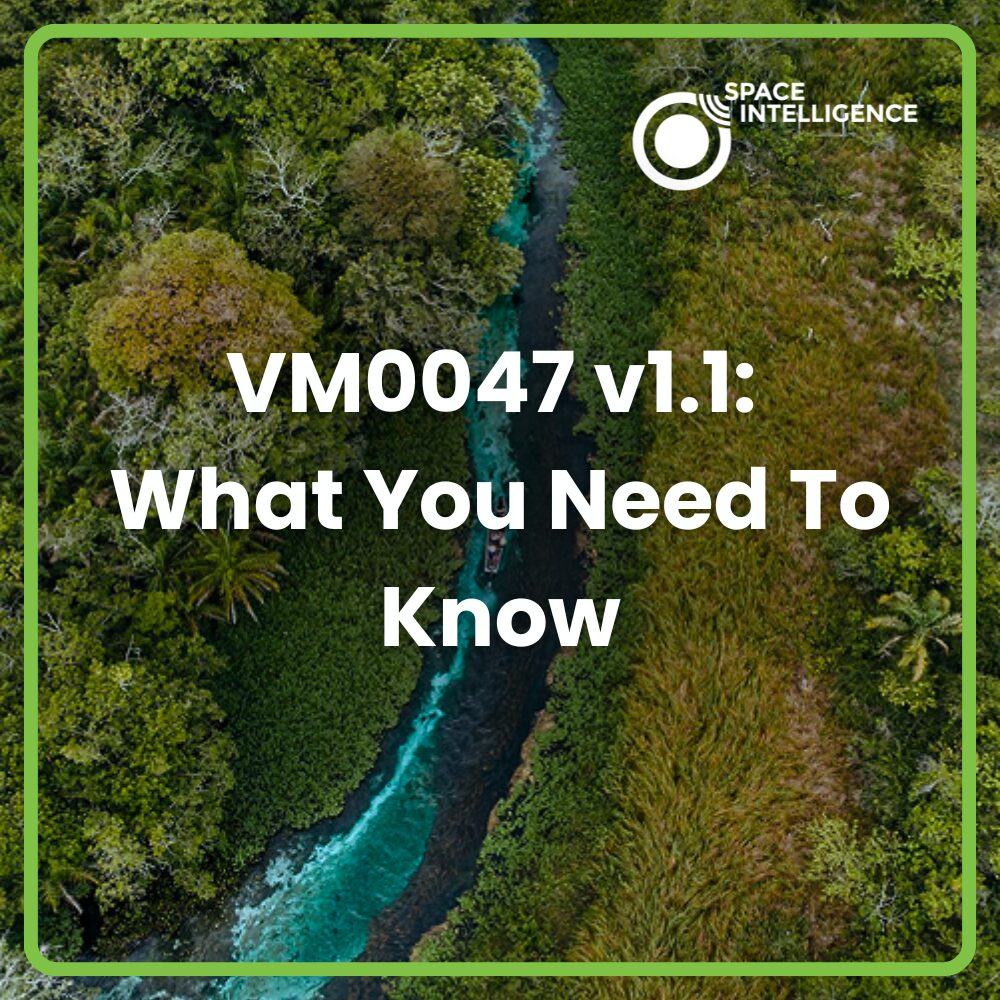
VM0047 v 1.1: What You Need To Know

Verra has recently released a minor revision to its Afforestation, Reforestation, and Revegetation (ARR) methodology, with VM0047 v 1.1 published on 14th May 2025. This update introduces several clarifications and refinements aimed at enhancing the methodology’s applicability and usability for project developers.
Let’s take a look at the main changes to the methodology – and how it might affect your approach to developing new ARR projects.
What’s New with VM0047 v1.1
Projects in Areas of Existing Forest Cover
Verra has expanded where ARR projects are eligible under the VM0047 area-based approach, with projects now allowed in areas that have some level of existing forest cover, where forests are sparse or understocked due to degradation, deforestation or natural disasters.
However, as a safeguard, no timber harvest can have occurred within the project area in the last 10 years. In addition, projects will still need to use matched project and control plots, providing evidence that the project outperforms the control plots in terms of biomass growth. This change allows for more opportunities for forest restoration.
Expanded Use of Remote Sensing for Pre-Existing Biomass
Remote sensing can now be used to estimate pre-existing woody biomass in certain scenarios. Specifically, this applies when a project’s start date is marked by site preparation activities (e.g., clearing invasive species), which have taken place prior to the collection of plot-based biomass measurements. In these cases, project developers are now allowed to use a remote sensing stocking index-based approach to estimate vegetative biomass prior to site disturbance.
This won’t change much in terms of the project origination process, as assessment of pre-existing biomass was already required, but it does give project developers a bit more flexibility in how they estimate this parameter in certain scenarios.
Relaxed Stocking Index Validation Requirements
Under the VM0047 methodology, a remote sensing stocking index is used to compare changes in vegetation between project plots and matched control plots (where various conditions are deemed similar). This stocking index must have demonstrated correlation with terrestrial above-ground biomass.
In the previous version of the methodology (v1.0), the stocking index needed to be:
- Significantly correlated with above-ground biomass, as previously demonstrated in published or peer-reviewed studies; and
- Validated with direct measurements from the project region (collected from within the project ecoregion).
Now, the revised methodology only requires one of the above approaches for stocking index validation. This means that direct measurements from field plot data are therefore not strictly required for validation of the chosen remote sensing stocking index, with project developers instead able to solely use relationships between stocking index and biomass as derived from the academic literature.
Clarification of Area-Based and Census-Based Approaches
Verra has also expanded on the differences between area-based and census-based approaches within the methodology. Previously, the area-based approach was applicable where project activities produced continuous tree or shrub cover over a contiguous area larger than 1 ha. Now, the area-based approach can be used for projects under 1 ha, as long as the planting density is greater than 50 trees per ha. This allows project developers to use more scalable and accurate monitoring and carbon estimation methods for these smaller sites, instead of needing to measure every individual tree by hand.
For the census-based approach, project activities can now take place over larger areas of land, as long as the planting density is 50 trees per ha or less, and where the land use will not change as a result of project development. Previously, census-based projects were limited to land areas less than 1 ha.
What It Means for Project Developers
If you’re actively developing ARR projects, these updates don’t significantly change the project origination process – but they do offer some additional flexibility and clarity:
- You can now develop ARR projects in areas with some level of existing forest cover, where forested areas are degraded or understocked.
- You may be able to use remote sensing approaches in early biomass estimates.
- Validating your remote sensing stocking index is now more flexible.
- Smaller project plots can now qualify under the area-based approach, depending on planting density.
Our recommendation for new ARR projects
While Verra now only requires one method for validating a project’s remote sensing stocking index, we would still recommend using as much high-quality data as possible to help select (and validate) the most appropriate stocking index for your project. A stocking index validated with direct measurements from the project region will likely be more robust (and less uncertain) than one based on published studies alone – which might otherwise put credit issuance at risk. You can watch our recent webinar here, to learn more about selecting an appropriate stocking index for an ARR project.
Finally, if you’re curious about how we apply this at the project level, check out our sample VM0047 origination report for an ARR project in Brazil.
Tag:ARR, Stocking Index, Verra

